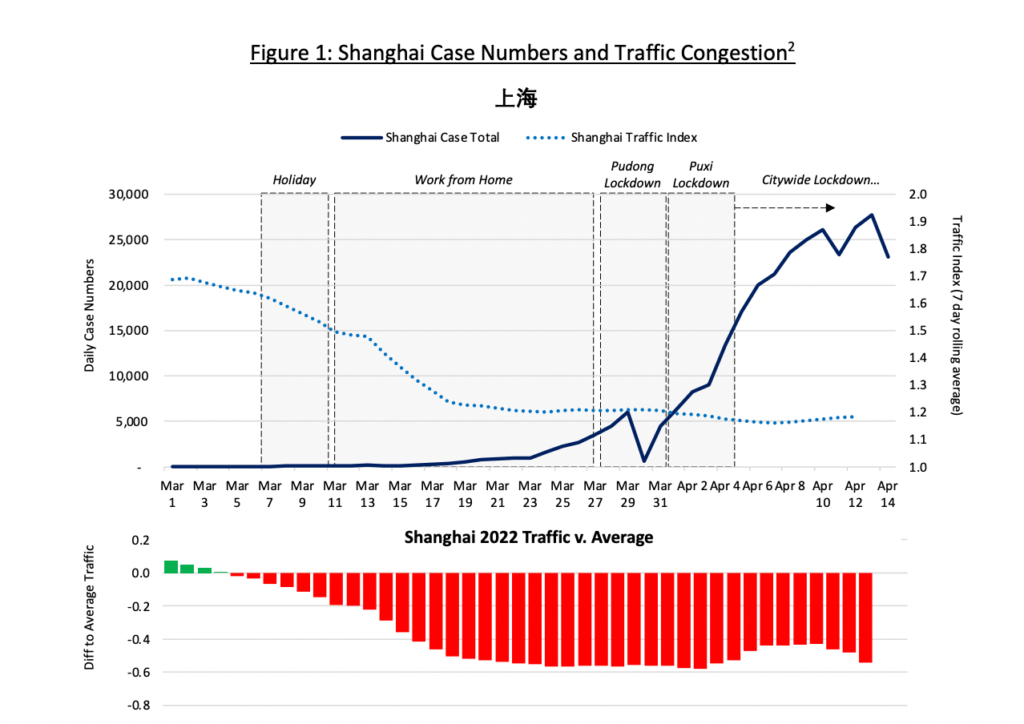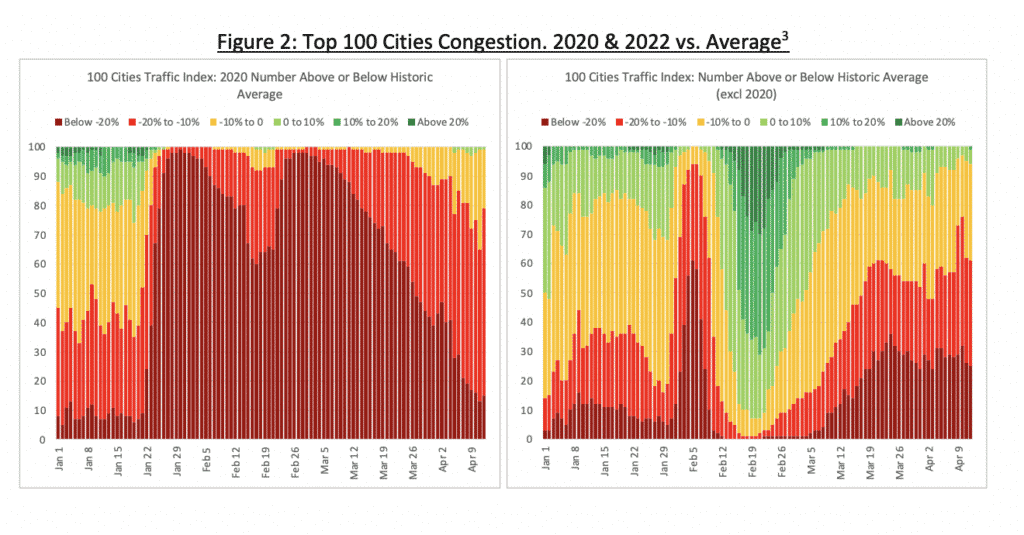Note from the editor: The below is an edited extract of an email I received from a contact who is in China, while China was locked down, in April 2022. I’m sharing it now, with permission, in case it is of interest.
This has certainly been a period of intense stress and suffering for many. I think it has also
been a period of intense reflection for many; a reflection on what has been unexpected but also what
aspects of this experience have been or should have been entirely expected. But I’ll get onto that later…
I should start by saying that by the end of this week [mid- April], it did seem from my friends and neighbours WeChat posts that deliveries have been more predictable (including from government supplies) and plentiful (for example, bulk orders of meat have resulted in people receiving a freezer full of beef in one afternoon). But, this experience is limited to both central areas of the city and affluent people, so I expect conditions are still very tough in the outer suburbs.
I’m including a couple of charts here which lay-out the situation in Shanghai. One of the data points I’ve
been looking at a lot over the last couple of weeks has been traffic (i.e. congestion) data. It’s a fairly
good indication of the level of lockdowns and economic activity in the cities. You can see the slowdown
started before the cases started rising. If 2020 numbers are anything to go by, the slowdown will
continue well after cases decline.

From this data, the current situation is bad but 2020 was far worse (with lower case numbers) across
China. The key objective is to control the Shanghai outbreak.

The most recent figure for April 16th was 24,280 cases (3,238 symptomatic; 21,582 asymptomatic). Since March 1st, 94% of cases in the city have been asymptomatic. Regardless, the measures to deal with what is a bigger outbreak than in Wuhan in March 2020, have been (after a short, unsuccessful period of experimentation) similar to those taken in other cities, most notably in Xian in December 2021. Namely: Mass PCR testing; Entire city lockdown (no chance to leave compound [i.e. community block], and leaving apartment frowned upon); All business closed; Mass quarantining facilities for positive cases.
This approach is not new. In fact, it’s the playbook for zero-Covid. So what was different in Shanghai this
time? I think there’s a few things going on.
First, the local Shanghai government responded to the initial increase in numbers by implementing a ‘honey-comb’ testing approach. This involved a shifting, highly localized (down to the compound-level) strategy of locking down and testing community by community over rolling 48-hour periods. I think many, myself included, saw this as a sign of “Zero-Covid 2.0”. Omicron is obviously too contagious and this approach failed to control spread. The speed of this shift from the new way back to the old way was a shock.
Second, the speed of the shifts in strategy gave people very little time to prepare. Food and medicine were not able to be sufficiently stocked up and it left people in precarious positions from the start. One of the lessons from this lockdown for me has been the relative lack of non-perishable food in Chinese households. Most of the food priorities I saw were for fresh vegetables, meat and dairy. The government did send out Spam initially (thanks to a factory in Shanghai) but overall the desire has been there for fresh vegetables and meat (which often arrived spoiled). I don’t think many had pantries stocked with essentials for more than a few days. Add to this the fact that many young Chinese in Shanghai don’t really cook and the complete breakdown of logistics due to the lockdown, and you had people genuinely worried about not having food.
Even now, I think my team spend more than half their day on any combination of testing, organizing
food, communicating with family… this is not work from home.
Third, Shanghai feels like it is repeating mistakes of the past. I think most critically of these is the flow-on effects of Covid measures on those with chronic illness or other life-threatening conditions that cannot receive care. There was a widely circulated story from Xian of a pregnant woman losing her child while in line at a hospital waiting for a Covid test result… and those types of stories have again come out. The feeling that more people are dying as a result of Covid measures than Covid is on display across social media.
Interesting is that while Shanghai seems like it didn’t learn, all other cities look like they’ve learnt from Shanghai. Guangzhou implemented city-wide testing after finding two cases, but included medical registration to allow those who have ongoing conditions to get medical care through designated facilities.
Fourth, this is really the first time that Shanghai has experienced the reality of “Zero Covid”. When the outbreak started in 2020, we worked from home during February, but by March were back in the office. Since then, I would have worked from home for no more than 10 days. It’s been full restaurants, heaving club dance floors, packed rooftop cocktails… 25.5 million people living in a city that’s been as close to normal (except for semi-closed international borders) as any in the world. “Zero Covid” has always been a policy for which that we benefited in Shanghai, but one which was implemented on others – either those from other cities or those returning from overseas. Not so now.
And the reaction? Despite what you may think, there has been no absence of dissent and dissatisfaction shared online by those in Shanghai. While anything popular enough will always be censored eventually, the threshold for this seems to be in the tens of thousands of views. Since there is a near constant stream of new WeChat articles and videos, Weibo posts and other social media posts being shared, it means that the internet – at least in Shanghai – is full of criticism of the lockdown. Chinese are also apt at using different Chinese characters, emojis or memes to get around the restrictions.
I do think this has really made people – especially young people – come to realise the nature of the system beyond Shanghai. Shanghai can often feel so exceptional, so modern, so cosmopolitan that you can forget you’re in China. Not now. I also think many foreigners will call time on China, especially those with children.